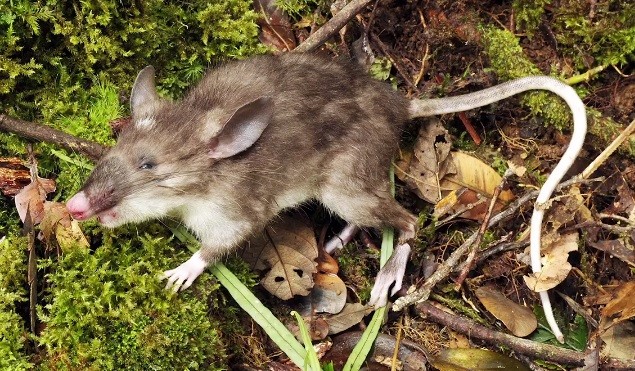Scientists reveal that a new species of mammal called the hog-nosed rat has been discovered in a remote region in Indonesia.
This rat may sound common but its features are never before seen by science, where the creature is indigenous to the mountain regions of Sulawesi island, discovered by an international of scientists from the Museum Victoria.
The rat possesses a long snout and big ears which are so unique that it has already been recognized as not only a new species but as a whole new genus.
According to Kevin Rowe from Museum Victoria, the team was still amazed how walking into a forest, scientists can still find a new species of mammal so different from the rest of the species including genus, that found its way to science.
Apart from its hog-like snout, this new rat also has long hind legs and a tiny mouth opening and some odd-looking, long pubic hair. Rowe adds that this hair may add some function in helping animals to become successful during mating, but the team still has no idea what that function is.
The team describes the new species as a rat version of a bandicoot, where the rat is also carnivorous and probably subsists on an earthworm and beetle larvae diet.
Rowe and his team believes that this particular discovery is special, he adds that when he found one in his trap, he hollered and hooted for his colleague to immediately come and see. Upon first sight, the team knew it was an entirely new species where the only question was if it was a new genus or it was something close to anything already discovered.
True enough, this new mammal discovery is related to another group of carnivorous rodents that are also found in Sulawesi called "shrew rats". Rowe says that there are only eight species in this endemic group but they show a huge eco-morphological range that includes small grey rats, an almost toothless vermivore, an amphibious rat and now this long limbed hog-nosed rat.
This rat is also the third unique genus found by the team since 2012 and this new study will also be published in the journal, Mammalogy.




























